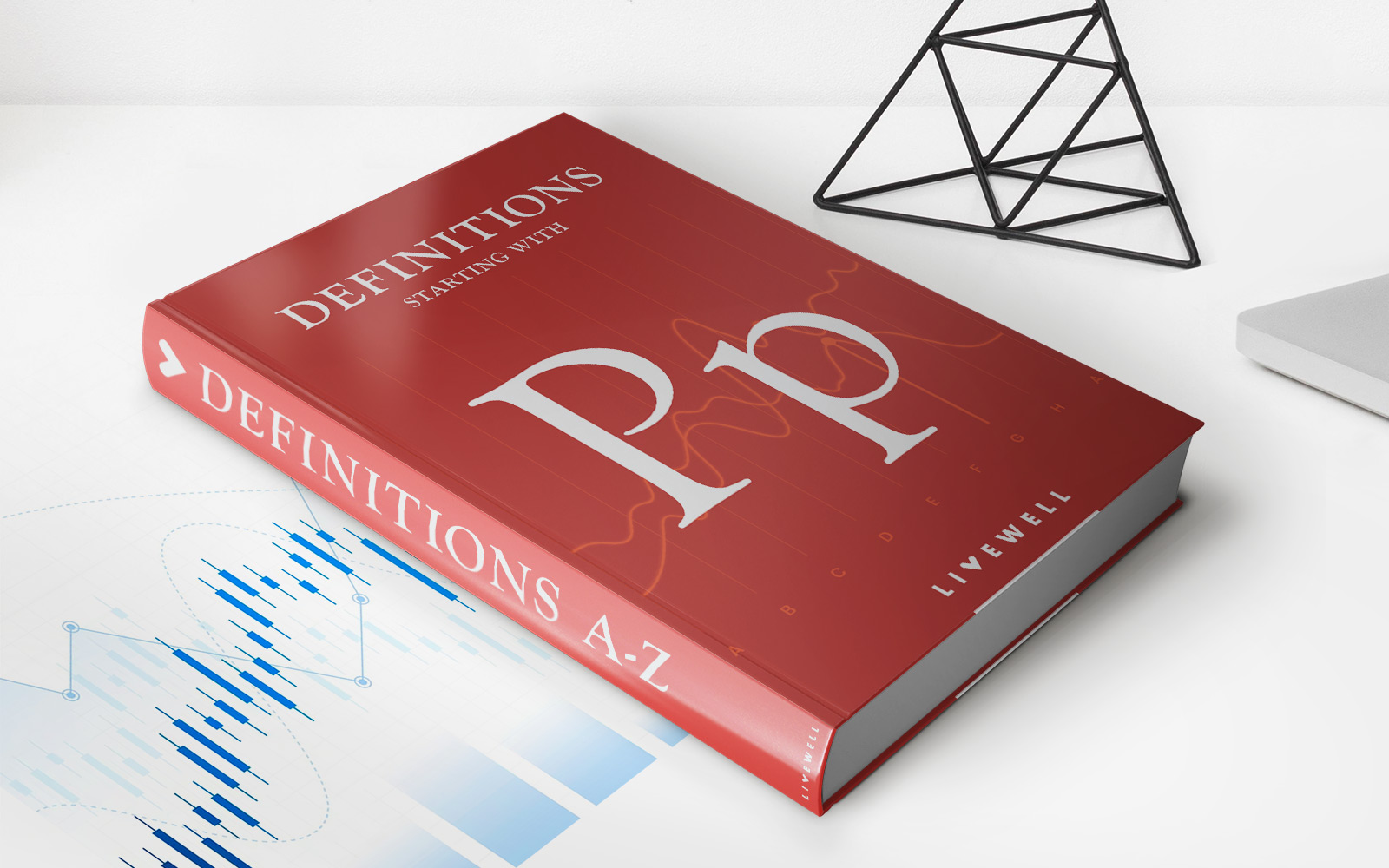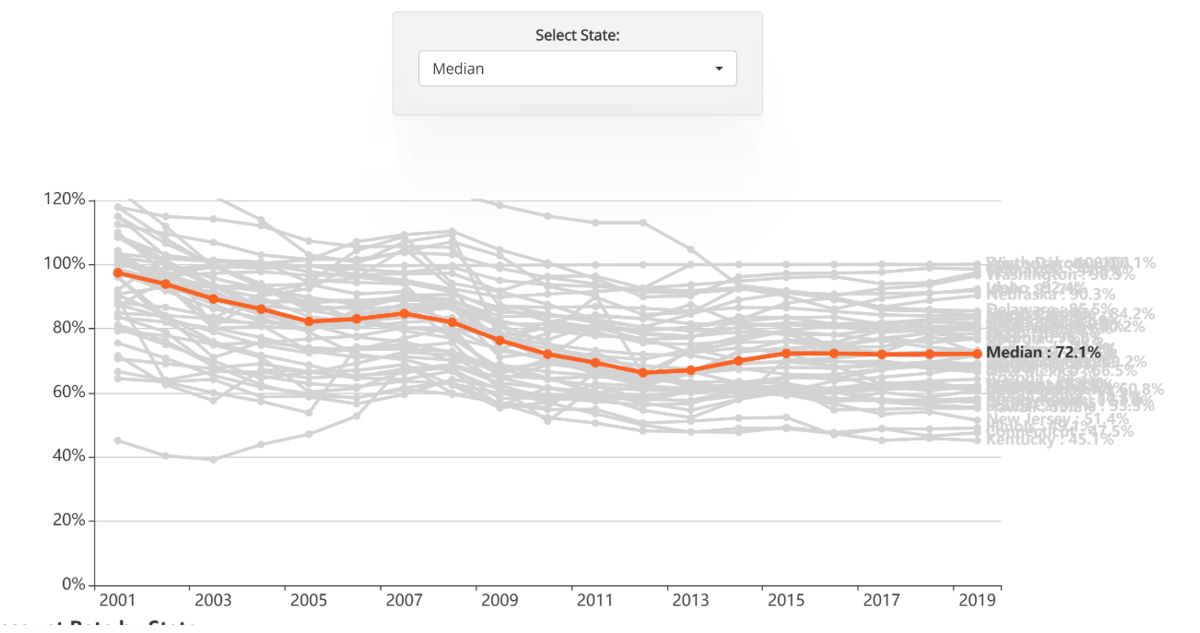Home>Finance>What Is The Free Look Period For Life Insurance?


Finance
What Is The Free Look Period For Life Insurance?
Modified: February 21, 2024
Learn about the free look period for life insurance and how it benefits you. Understand the finance aspect of this crucial insurance policy.
(Many of the links in this article redirect to a specific reviewed product. Your purchase of these products through affiliate links helps to generate commission for LiveWell, at no extra cost. Learn more)
Table of Contents
Introduction
Life insurance serves as a financial safety net, but selecting the right policy can be a daunting task. Fortunately, most states have regulations in place to protect consumers and ensure their satisfaction. One such safeguard is the free look period.
In this article, we will delve into the concept of the free look period for life insurance and how it benefits policyholders. We will explore the duration of the free look period, how it can be exercised, and the consequences of utilizing it. Additionally, we will discuss any exceptions to this provision.
Understanding the free look period is crucial for anyone considering purchasing life insurance. By being well-informed about this grace period, policyholders can make informed decisions and have peace of mind knowing they have the option to review and make changes if necessary.
So, let’s dive into the intricacies of the free look period for life insurance and gain a comprehensive understanding of its significance.
Understanding Free Look Period
The free look period is a provision provided by insurance companies to policyholders, allowing them to review and evaluate their newly purchased life insurance policy. During this period, policyholders have the opportunity to cancel the policy without any financial penalty or loss of premiums paid.
This provision is designed to protect consumers by giving them a “cooling-off” period after they have made their purchase. It allows policyholders to carefully examine their policy, review the terms and conditions, and ensure that it meets their needs and expectations.
It is important to note that the free look period typically starts from the date the policy is issued or delivered to the policyholder. The exact duration of the free look period can vary depending on the insurance company and the state regulations. It is essential to check the policy documentation or consult with the insurance company to determine the specific duration of the free look period.
During the free look period, policyholders are encouraged to thoroughly review and understand the policy. They can assess whether the coverage amount, premium payments, and other policy details align with their financial goals and requirements. If, after careful examination, they find that the policy does not meet their expectations or needs, they can choose to cancel it within the free look period.
It is important to note that the free look period applies to both new policies and policy updates or endorsements. So, whether you are purchasing a new life insurance policy or making changes to an existing one, you have the right to utilize the free look period and reconsider your decision.
Benefits of Free Look Period
The free look period offers several important benefits to policyholders, providing them with a safeguard and ensuring their satisfaction. Let’s explore some of the key advantages:
1. Peace of mind: The free look period gives policyholders peace of mind knowing that they have the opportunity to review their policy in detail and make changes if necessary. It eliminates the risk of being locked into a policy that does not meet their needs or expectations.
2. Time to understand the policy: Life insurance policies can be complex, with various terms and conditions. The free look period gives policyholders the necessary time to thoroughly read and comprehend the policy, ensuring that they understand the coverage, premiums, exclusions, and any other important details.
3. Reassessing coverage needs: Sometimes, policyholders may realize that their coverage needs have changed or that they initially purchased coverage amounts that are either too high or too low. The free look period allows them to reevaluate their coverage needs and make adjustments accordingly.
4. Comparing policies: The free look period enables policyholders to compare different policies from different insurance companies. This helps them make an informed decision by evaluating the coverage, features, and premiums offered by different providers before finalizing their choice.
5. Protection against buyer’s remorse: Purchasing life insurance is a long-term commitment, and sometimes, buyers may experience second thoughts or buyer’s remorse. The free look period acts as a safety net, allowing them to cancel the policy and receive a full refund of premiums paid if they decide it is not the right fit for them.
Overall, the free look period empowers policyholders, giving them the flexibility and confidence to make informed decisions about their life insurance coverage. It ensures that policyholders are not trapped in policies that do not align with their needs or desired level of protection.
Duration of Free Look Period
The duration of the free look period can vary depending on the insurance company and the state regulations. While some states mandate a specific minimum length for the free look period, others allow insurance companies to determine the duration within certain guidelines.
In most cases, the free look period for life insurance policies ranges from 10 to 30 days. However, it is important to note that some states may have longer free look periods, particularly for certain types of policies or specific situations.
It is crucial for policyholders to carefully review their policy documentation or consult with their insurance company to determine the exact duration of the free look period for their particular policy. This will ensure that they are aware of the timeline within which they must exercise their right to cancel if needed.
It is important to note that the free look period starts from the date the policy is issued or delivered to the policyholder. Policyholders should keep track of this date and ensure that they initiate the cancellation process within the specified timeframe to be eligible for a full refund of premiums paid.
Additionally, policyholders should be aware that the free look period may differ for policies purchased through different channels. For example, policies purchased online may have a shorter free look period compared to policies purchased through traditional channels such as direct mail or in-person consultations.
Therefore, it is essential for policyholders to diligently review their policy documents and consult with their insurance company to understand the specific duration of the free look period for their policy.
By being aware of the duration of the free look period, policyholders can effectively manage their time and ensure that they have ample opportunity to review their policy and make a decision that aligns with their needs and preferences.
Exercising Free Look Period
To exercise the free look period for a life insurance policy, policyholders need to follow a few important steps. Here is a guide on how to effectively exercise the free look period:
1. Review the policy: Take the time to thoroughly review the policy documents, including the terms and conditions, coverage details, premiums, and any other important information. Understand what the policy entails and assess whether it meets your needs and expectations.
2. Document your decision: If you decide to cancel the policy within the free look period, it is crucial to document your decision. This may include writing a formal cancellation letter or submitting a cancellation request through a designated channel (such as an online portal or contacting the insurance company’s customer service).
3. Notify the insurance company: Inform the insurance company of your decision to cancel the policy within the free look period. Be sure to follow the specified procedures and provide any required information or documentation. This will ensure that your cancellation request is properly processed.
4. Submit the cancellation request: Send the cancellation letter or submit the cancellation request within the required timeframe specified by the insurance company. It is advisable to send the cancellation via certified mail or other trackable methods to have a record of the cancellation request and its delivery.
5. Return the policy documents: Depending on the insurance company’s requirements, you may need to return the original policy documents along with the cancellation request. This helps ensure that the cancellation is processed correctly and that you are eligible for a full refund of premiums paid.
6. Keep copies of all documentation: It is essential to maintain copies of all communication and documentation related to the cancellation process. This includes your cancellation letter, any correspondence with the insurance company, and proof of return of policy documents. These records will serve as evidence in case of any disputes or issues.
By following these steps and adhering to the specific procedures outlined by the insurance company, policyholders can effectively exercise their right to cancel the policy during the free look period.
It is worth noting that policyholders should be mindful of any specific timeframes or deadlines set by the insurance company within the free look period. Failing to adhere to these deadlines may result in the forfeiture of the right to cancel the policy and receive a full refund of premiums paid.
Therefore, it is important to act promptly and diligently to ensure that the cancellation process is completed within the designated free look period.
Consequences of Exercising Free Look Period
Exercising the free look period for a life insurance policy can have both advantages and potential consequences. Let’s explore some of the key considerations:
1. Full refund of premiums: One of the major benefits of the free look period is the ability to receive a full refund of premiums paid. If the policy is canceled within the free look period, the insurance company is obligated to refund the premiums in their entirety. This ensures that policyholders are not financially tied to a policy that does not meet their needs or expectations.
2. Loss of coverage: By canceling the policy during the free look period, policyholders relinquish the coverage provided by the policy. This means that in the event of death during the free look period, there will be no payout or benefits from the insurance company. It is crucial for policyholders to assess their coverage needs and consider alternative options before canceling the policy.
3. Reapplication process: If a policyholder decides to cancel the policy during the free look period but later wants to secure life insurance coverage, they will need to go through the application process again. This may involve additional underwriting, medical evaluations, and potentially higher premiums. Therefore, it is important to carefully consider the need for life insurance coverage before exercising the free look period.
4. Impact on future premiums: Canceling a policy during the free look period does not typically have an immediate impact on future premiums. However, if a policyholder has a history of policy cancellations, it may raise red flags for insurance companies in the future. This can result in higher premiums or more stringent underwriting requirements for subsequent applications.
5. Time and effort required: Exercising the free look period involves time and effort in reviewing the policy, preparing the cancellation request, and ensuring proper documentation. While this is a valuable provision for dissatisfied policyholders, it is important to weigh the potential benefits against the time and effort required for cancellation.
Ultimately, the decision to exercise the free look period should be based on careful evaluation of the policy, consideration of coverage needs, and understanding of the potential consequences. By weighing these factors, policyholders can make an informed decision that aligns with their financial goals and priorities.
Exceptions to Free Look Period
While the free look period is a critical consumer protection provision, there are certain exceptions and circumstances in which it may not apply. It is important to be aware of these exceptions to understand when the free look period may not be available. Here are some common exceptions:
1. Group policies: In some cases, group life insurance policies offered through an employer or organization may not provide a free look period. This is because group policies are typically negotiated with the insurance company as a collective contract on behalf of a large group of individuals. It is advisable to review the terms of the group policy to understand the cancellation and refund policies.
2. Policies obtained through replacement: If a policy is purchased as a replacement for an existing life insurance policy, the free look period may not apply. This is because the policyholder already had an opportunity to review the terms and conditions of the previous policy and make an informed decision. It is important to carefully consider the details of the replacement policy before canceling an existing policy.
3. Policies purchased outside of the designated service area: Some insurance companies may limit the free look period to policyholders who reside within a specific geographic area. If the policyholder moves or purchases the policy in a location that falls outside of the designated service area, they may not be eligible for the free look period. It is important to confirm the availability of the free look period based on the policyholder’s location.
4. Policies with modified benefits or added riders: If a policyholder modifies the benefits or adds additional riders to their policy after the initial purchase, the free look period may not reset for the modifications or additions. This means that the free look period may only apply to the original policy and not the subsequent changes made to it.
5. Policies purchased through certain channels: Some insurance companies may have different rules and exceptions for policyholders who purchase their policies through certain channels or agents. It is imperative to carefully review the terms and conditions of the policy and consult with the insurance company or agent to understand any specific exceptions or limitations.
It is crucial to carefully review the policy documentation, consult with the insurance company, or seek professional advice if there are any doubts or questions regarding the availability of the free look period for a particular policy.
Understanding these exceptions will ensure that policyholders have a clear understanding of when the free look period does not apply and can make informed decisions related to their life insurance policies.
Conclusion
The free look period for life insurance is a valuable provision that offers policyholders important rights and protections. It allows policyholders to review their policies, assess their coverage needs, and make informed decisions without the fear of financial loss.
During the free look period, policyholders have the opportunity to carefully examine their policies, understand the terms and conditions, and determine if it meets their expectations. If they find that the policy is not suitable for their needs, they can cancel the policy within the specified timeframe and receive a full refund of premiums paid.
The free look period provides peace of mind, allowing policyholders to make confident decisions about their life insurance coverage. It also provides an opportunity to compare policies, reassess coverage needs, and protect against buyer’s remorse.
However, it is important to consider the consequences of exercising the free look period, such as the loss of coverage and the potential impact on future premiums. It is crucial to carefully evaluate the policy and assess the need for coverage before making a decision.
There are exceptions to the free look period, such as group policies, policies obtained through replacement, and policies purchased outside the designated service area. Policyholders should be aware of these exceptions to understand when the free look period may not apply.
In conclusion, the free look period is an essential consumer protection provision for life insurance. Policyholders should take advantage of this grace period to fully understand their policies, assess their needs, and make informed decisions. By exercising this right, policyholders can ensure that their life insurance coverage aligns with their financial goals and provides the necessary protection for themselves and their loved ones.













